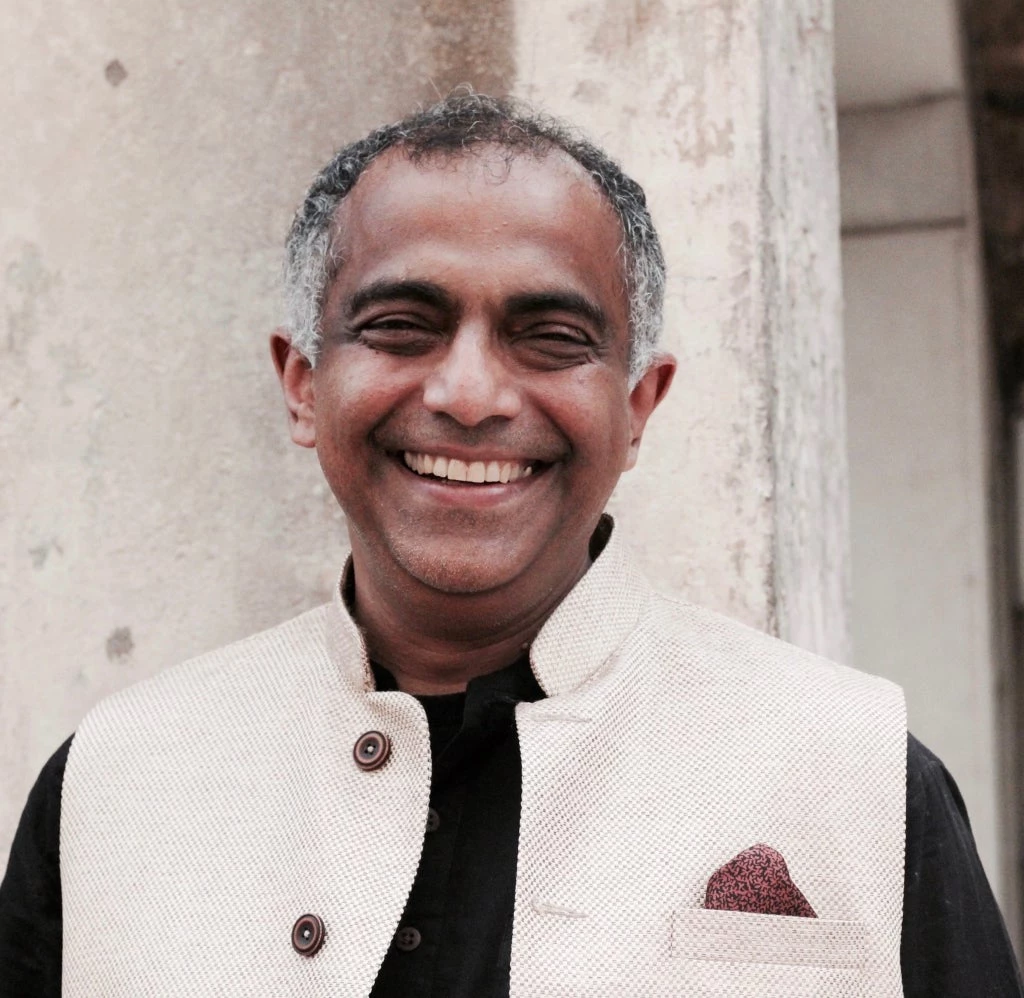While we began a big research project on localized development some 5 years ago and ultimately produced a report that’s launching this week, our journey really began in our twenties. We each spent several years working with low income neighborhoods and community based initiatives in Pakistan and India, respectively.As such, the idea that citizens, particularly those most disadvantaged in their societies, should have a say in decisions that affect their lives and their opportunities has been and remains central to our vision of development as well as our research. We have observed how individuals are transformed when given the chance to speak out against corruption and discrimination at village meetings. We have seen women empowered by the opportunity to form self-help groups and start small businesses. We know from direct experience that without real participation development can neither be effective nor pro-poor.
We were also very fortunate to join the research group in the Bank at a time when the idea of civic participation and empowerment had acquired strong support. This created a unique opportunity for each of us to work directly with large scale participatory initiatives in South Asia, East Asia, Africa and LAC. Through this engagement we came to realize the very significant differences between the type of small scale “organic” initiatives that we were used to working with and the ambitious interventions affecting hundreds of thousands of people that the Bank was working on.
First, in our view, very few of the large interventions had designs that were built on a deep understanding of the contextual challenges of trying to build communities. The “theory” of participation that was in vogue at the time was “investing in social capital”: the idea that communities had an inherent capacity for collective action which could be harnessed to tackle failures in governments and markets. We also noticed that despite large investments by the Bank and other donors on participation, few projects were evaluated or adequately monitored. Encouraged by our managers at the time, Gershon Feder and Martin Ravallion, we published a paper in 2004 reviewing the evidence on community development. In the paper we raised a set of open questions for research, and made some suggestions for policy.
The paper generated a fair amount of discussion, and the Bank responded constructively with a push toward more evaluations of participatory projects, including several that were conducted by us. By 2006, there was a recognition within the World Bank that despite large investments by donors and governments in participatory development, there was still no comprehensive study that adequately conceptualized the challenge of inducing local participation via large scale development interventions or that summarized the body of evidence on the efficacy of such interventions. As researchers deeply interested in the topic we were asked by our managers if we could take on this daunting endeavor and transform it into a Policy Research Report on the topic. We were initially convinced that this was mission impossible. The literature in economics was still scant and of mixed quality and we knew that doing this well would require reaching across disciplinary divides.
We began work on the report in 2008 and quickly realized that to cover the full range of participatory projects we would need to expand our remit to include local decentralization and the management of common pool resources. The monumental challenge of covering these three large literatures was intimidating; it took us two years to read, absorb and synthesize over 500 key pieces of research on these topics. We also developed a new framework based on the concept of “civil society failure,”1 as a corollary to market and government failure and used this to think through the particular challenges of inducing participation. This framework was also the lens through which we assessed the available literature on the subject. This process brought home to us the critical importance of understanding context when designing projects, and to ensure that there are adequate learning systems in place to allow projects to monitor implementation and assess effectiveness.
Given the time this report has taken and the sometimes strong emotions it has evoked among friends and colleagues, a short history of its review process might perhaps be of interest. The draft report, after initial review within the research group, was sent out for internal and external review over a year ago. The internal review process was extensive and much longer than is the usual practice within the Bank, spanning several months. It yielded many comments and commentaries.2 This process was followed by a number of presentations, including to the Bank’s executive directors and to Bank staff during social development week earlier this year. Due to this we were also able to incorporate several new studies that came out this year and to review some unpublished evaluations of community driven development projects that we were alerted to by internal reviewers. A summary of our findings requested by the then President Bob Zoellick led to a joint note written with operational colleagues recommending concrete changes. Finally, the report was externally reviewed by five leading scholars (from economics, political science and sociology) in the field – Pranab Bardhan, Dilip Mookherjee, Jean-Philippe Platteau, Patrick Heller and Macartan Humphreys. Their extremely valuable suggestions are also reflected in the final draft of the report.
We realize that not everyone will agree with everything we have to say, but we strongly hope that the report will help make participation an even more effective instrument of development assistance.
1A term, to the best of our knowledge, originally coined by Shanta Devarajan and Ravi Kanbur.
2For those within the Bank, extensive comments were received from some regional chief economists as well as from all the relevant networks and anchors (SDV, PREM, HD and ARD) as well as the CDD community of practice (project managers working on participatory interventions in the Bank).



Join the Conversation